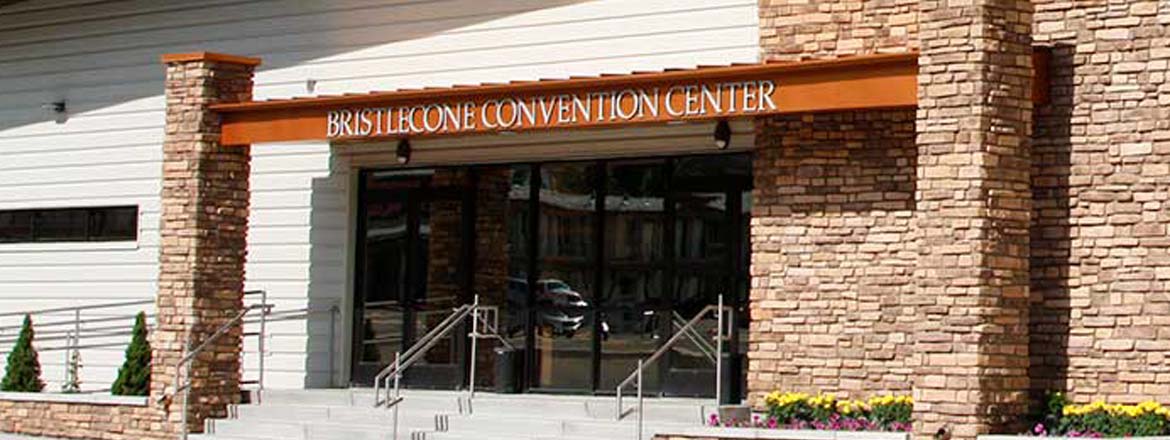
Nevada's Great Basin region contains the most active geothermal field in North America. The same geomorphology that created the basin and range landscape has caused Earth's crust to be very thin in this area. This close proximity to subsurface magma pockets allows super-heated water to form hot springs across the region.
The information on this page should be used with care. Not all hot springs are really hot (some are just in the "warm" category.) Other springs can be scalding and physically dangerous. The information provided here is simply meant as a reference. Do your own research and proceed with caution!
Click on the following map icons to get more information about each hot spring. The locations marked with red stars tend to be the most popular and accessible. Locations marked with an orange dot ![]() have extended descriptions available. Locations with a blue dot
have extended descriptions available. Locations with a blue dot ![]() only have geochemical data. Most of the minor locations haven't been field-checked in years, so do your own research before you head out. Not all hot springs are suitable for public soaking. Use your own discretion.
only have geochemical data. Most of the minor locations haven't been field-checked in years, so do your own research before you head out. Not all hot springs are suitable for public soaking. Use your own discretion.

Cave ecosystems are often dependent on organic material carried in by water, which serves as the primary food source for the environment. In arid climates with minimal surface rainfall, the input of organic matter and nutrients into caves becomes limited, affecting the overall energy flow within these environments. The intricate interplay between surface conditions and cave biota presents unique management challenges for modern cave biologists. Image courtesy of Dr. Jean K. Krejca, Zara Environmental LLC.

Next to the Lehman Caves Visitor Center sits the historic Rhodes Cabin. The cabin was built in the 1920s by Clarence and Bea Rhodes, who were US Forest Service custodians of Lehman Caves at the time. It is one of several cabins built to provide accommodations for visitors to Lehman Caves. Today it contains interpretive exhibits.

h2go Essen Vacuum Food Container
It's a double-wall, stainless steel, 17 oz capacity thermos from h2go®. This thing is more rugged than your cave pack! We've been trying to beat up the manufacturer's sample, but it keeps winning. Hot things stayed hot, cold things stayed cold... and ours will have cool cave art printed on it.

Advance registration for the 2025 symposium is expected to open in mid-2024. We will send an email to past attendees when that system comes online.
Feel free to join our mailing list if you would like to receive occasional updates on our plans.